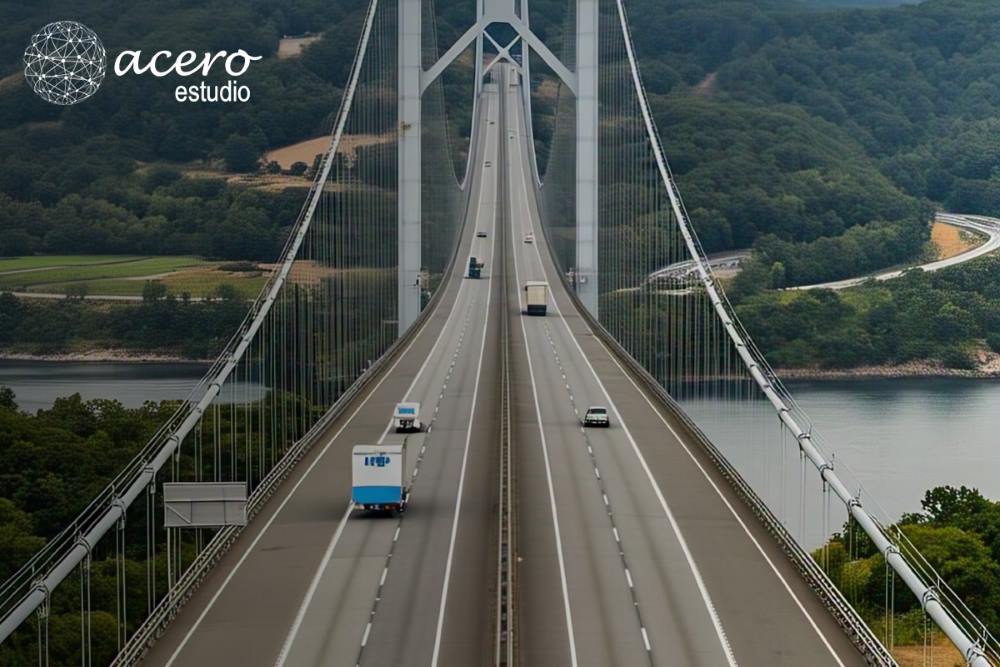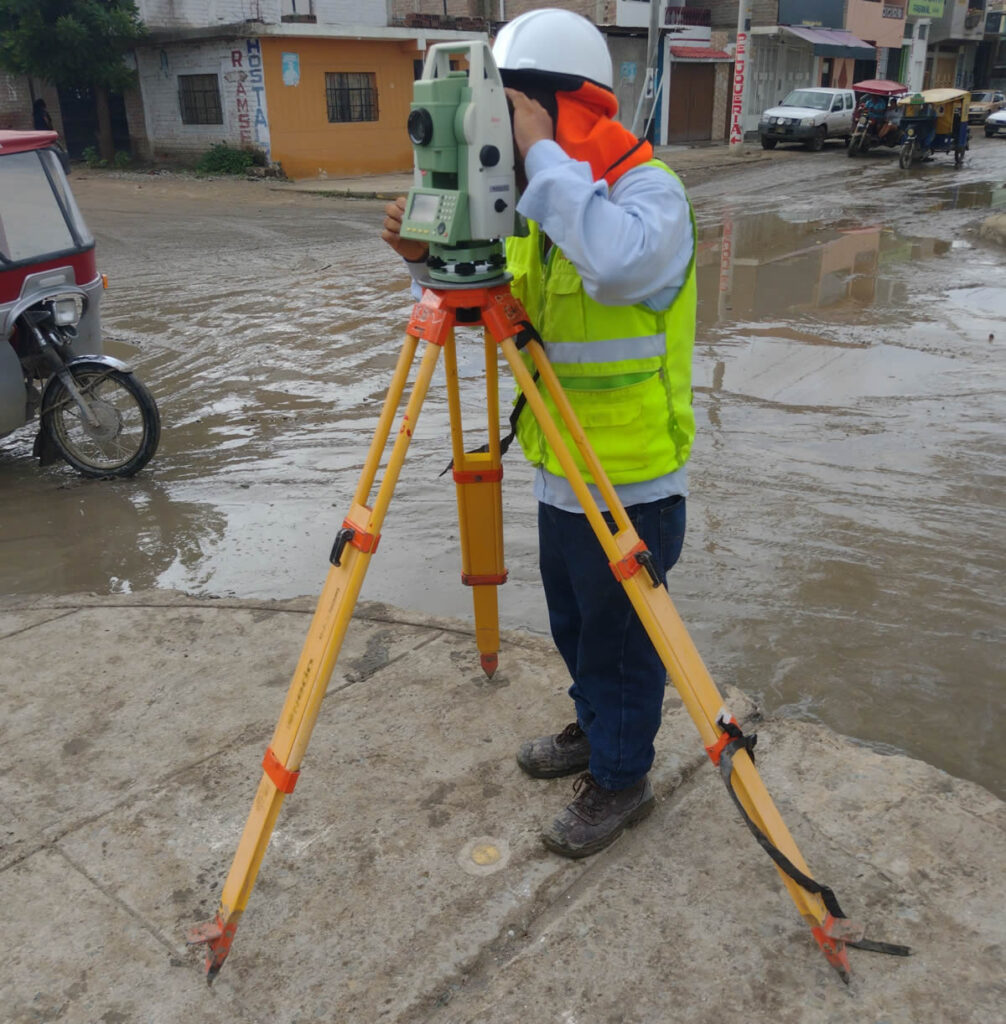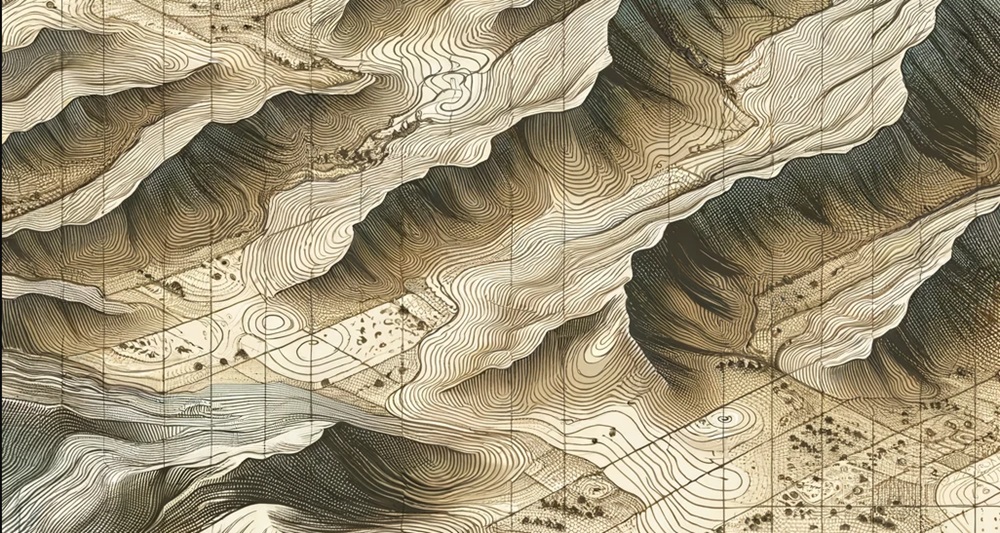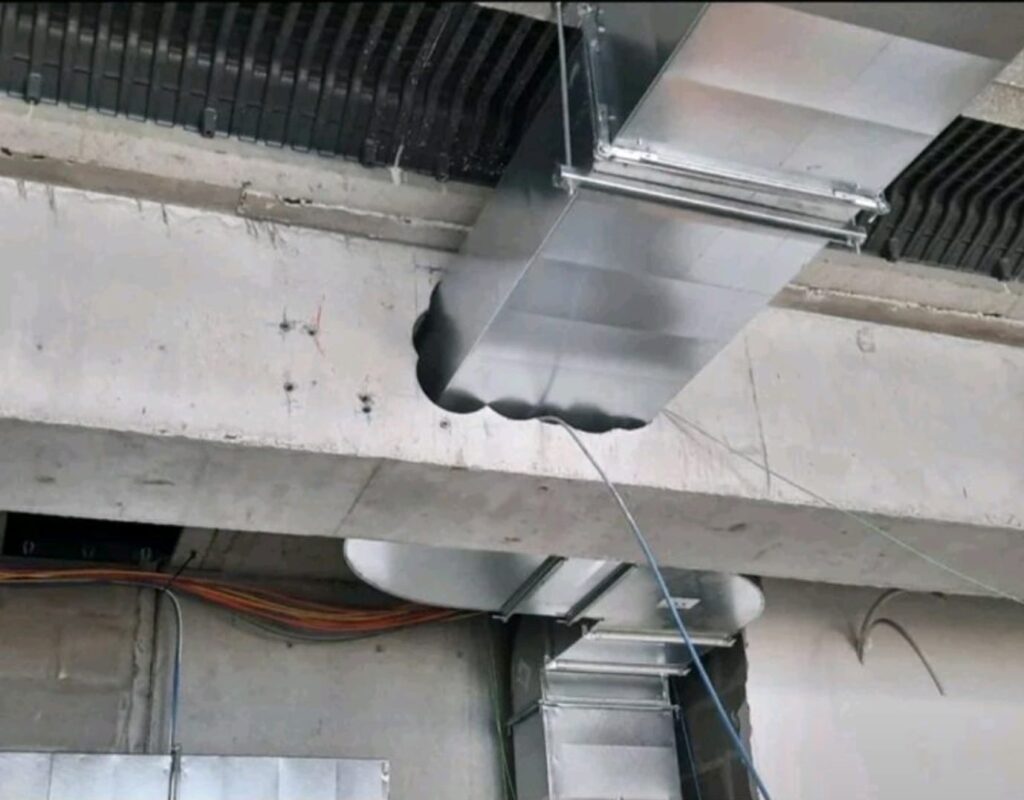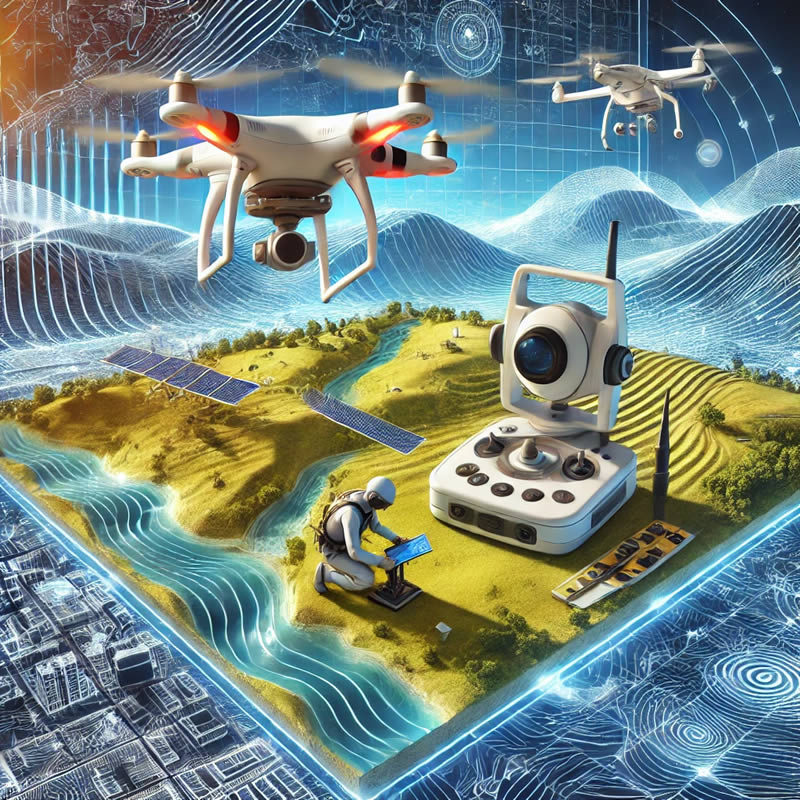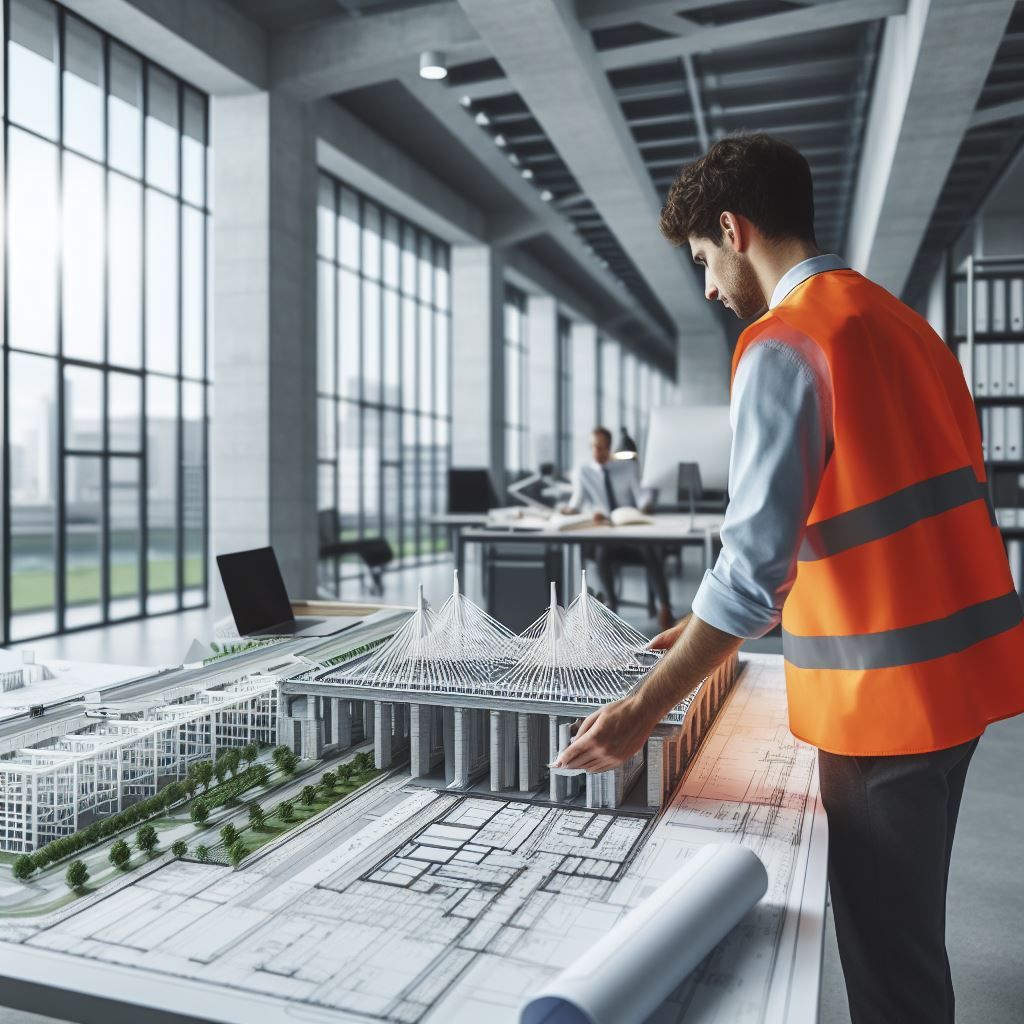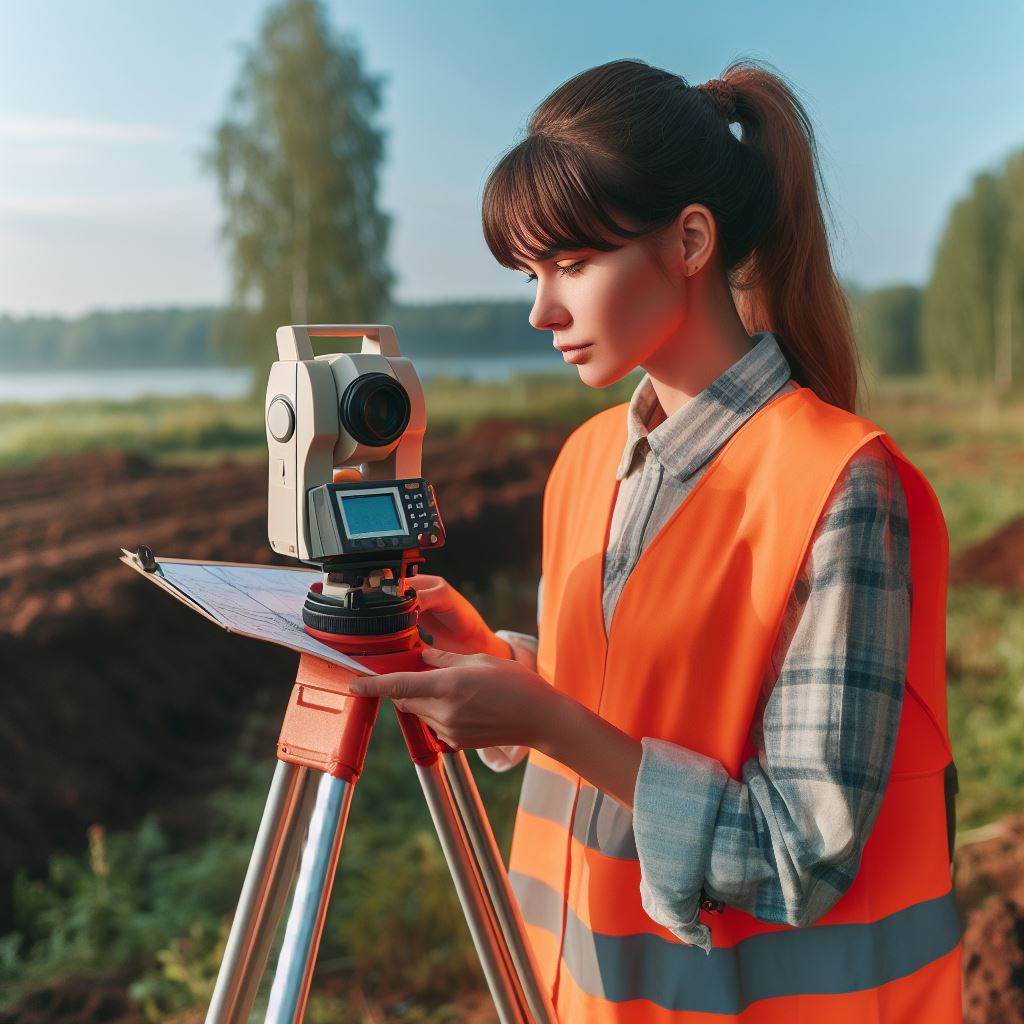A BIM audit is highly recommended for large-scale and high-investment construction projects, as it provides the team with a more objective perspective, helping ensure the creation of a model that meets international standards for quality, accuracy, and coordination—key factors for efficient project execution.
When Is a BIM Audit Recommended?
A BIM audit is especially beneficial in large and complex projects involving professionals from multiple disciplines (architecture, structural engineering, electrical, and plumbing). The BIM auditor ensures that all project information is:
- Complete and properly defined
- Well-structured and error-free
- Aligned with the client’s objectives
The Role of the BIM Auditor
The BIM auditor also plays the role of quality control, ensuring that the digital information is truly useful as a management tool throughout the entire lifecycle of the infrastructure or building. In this sense, the auditor validates that deliverables meet the expected quality, from design through operation and continuous improvement.
ISO 19650 Standard
Through a BIM audit, we ensure that your models align with internationally standardized quality levels, specifically those defined in ISO 19650.
What Does a BIM Audit Cover?
1. Compliance with Standards
The audit first verifies that the team and deliverables comply with BIM standards such as ISO 19650, PAS 1192, and local regulations. It also ensures correct use of naming conventions and coding systems.
2. Model Evaluation
This includes assessment of:
- Design quality
- Level of detail
- Architectural consistency
- Cross-discipline coordination
- Clash detection
- Integration of elements
3. Data and Metadata
Verification of proper tagging and accurate data associated with each element, including names, properties, and parameters, ensuring all data is well-organized and labeled correctly.
4. Interoperability and Functionality
Evaluation of the correct configuration and interoperability among software such as IFC, Revit, Archicad, Navisworks, and others.
5. Version Control
Version control is essential, especially for teams that must maintain consistency and structured workflows to avoid data loss—common in multi-user environments.
6. Model Organization
The auditor reviews the internal organization of the model: types of views, number of templates, element grouping, file optimization, and overall BIM file performance.
7. Contractual Aspects
Finally, the audit verifies that roles and responsibilities have been properly assigned and are being fulfilled by the project team.
As you can see, a BIM audit requires not only technical knowledge of BIM but also a systematic methodology to ensure international quality standards in your projects.
If you’re looking for a company specializing in BIM consulting and auditing, don’t hesitate to contact Acero Estudio. We are experts in services for the construction and architecture industry and are here to support your needs.



